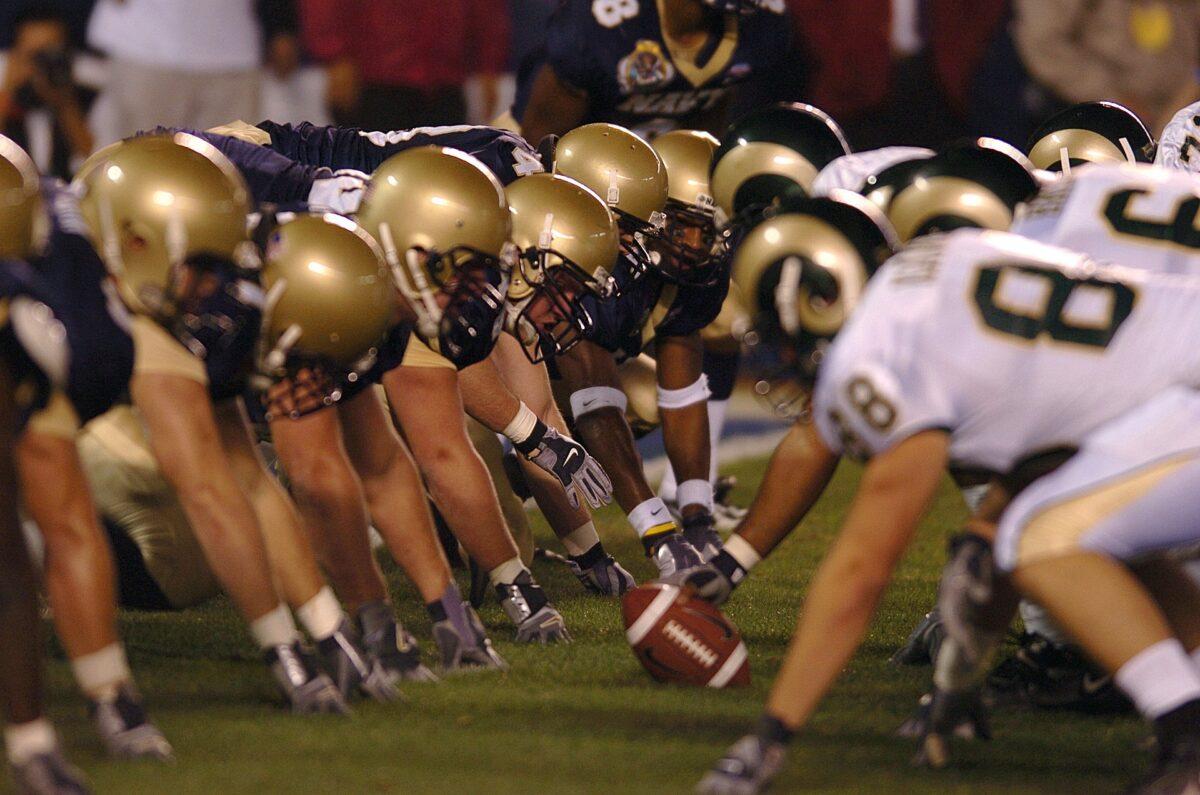It’s that time of year again: the biggest sporting and, yes, even cultural event in the US. The Super Bowl. The final game of the National Football League. For those who just want to watch the halftime show, it is a big party with a little bit of sports. And for all football fans, it’s a fixed date in the annual calendar, which unfortunately always falls on a Sunday during the university exam period.
But the Superbowl and the NFL behind it are also committed to sustainability. Not just for the biggest event of the season, but for the league as a whole. And not just since “sustainability” became a buzzword. Reason enough for me to take a closer look. What does a sustainable Superbowl look like?
NFL Green – Balancing Environmental Protection, Social Responsibility, and Sports
The NFL Green program has been existing for more than 30 years, since 1993, in which organizers and promoters have pledged to offset the impact of major sporting events. The focus is on the Super Bowl, the Pro Bowl and the drafts, and the selection of players at the beginning of the season. The stated goal is to leave a “green legacy” in the places where these mega-events are held. To achieve this, the NFL works closely with sponsors and federal agencies, but most importantly with local communities and nonprofit organizations. The goal is for host communities to benefit from the event in a long-term, sustainable way.
Activities and Projects include:
- Food Recovery: Donations of food, snacks, beverages, etc. to local food banks. This includes packaged, unopened, and prepared, but not served, food from sponsored events.
- Community Greening: Partnering with local governments and community centers to plant community gardens, maintain parks and green spaces, and reforest.
- Material recovery: Usable materials from events, such as fabric, carpets, wood, etc., are donated to local NGOs, schools, or artist groups. This way, the material is reused and does not end up in landfills.
- “Super Kids-Super Sharing”: A program in the communities hosting each Super Bowl. Toys, sports equipment, books, school supplies, etc. are given to children in the community.
- Recycling & Waste Management: Working with the community, as well as sponsors and fan initiatives, sports events are designed to segregate waste as cleanly as possible for recycling.
- Green Energy: In the run-up to an event, electricity consumption is estimated and offset with renewable energy certificates. At first glance, this seems like selling indulgences, and there is certainly room for improvement, but at least the purchase of certificates supports the expansion of renewable energy.
The 2024 Super Bowl in Las Vegas
This year, the big game will take place in one of the NFL’s newest stadiums. Allegiant Stadium is home to the Las Vegas Raiders. But they are not playing in the Super Bowl. Instead, it is the Kansas City Chiefs who will play the San Francisco 49ers. But this is not about the game. It’s about the stadium!
Not only is this one of the newest stadiums, it is also one of the most sustainable. At least when it comes to its operations. The stadium is powered entirely by renewable energy. It also has strict water management, which should be a no-brainer in water-scarce Nevada. It also claims to set new standards in the United States when it comes to waste separation.
Sustainable Super Bowl?
After this nice little positive rant about all the green initiatives, we must not forget that a mega-event like the Super Bowl will probably never be truly sustainable. When you look at the travel of players and fans, the amount of waste generated in and around the stadium (no matter how well it is separated), and the amount of water and electricity used, it is difficult to come to any other conclusion.
Still, I am willing to say that a lot is done for such a big event. At least the NFL is aware of its responsibility and impact and is trying to address it. Unlike other sports and other major events …




